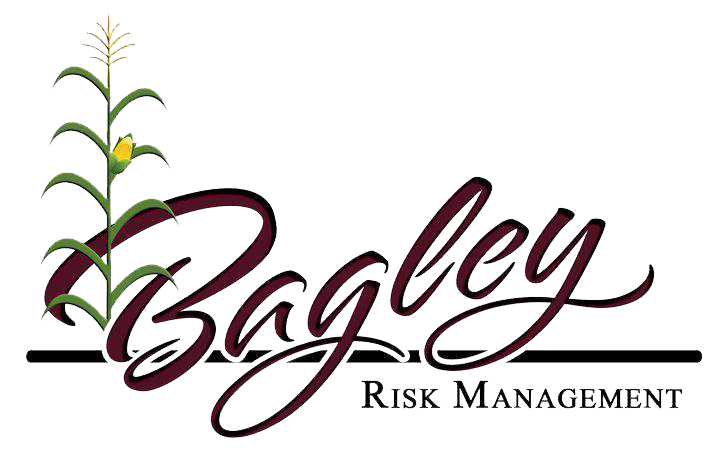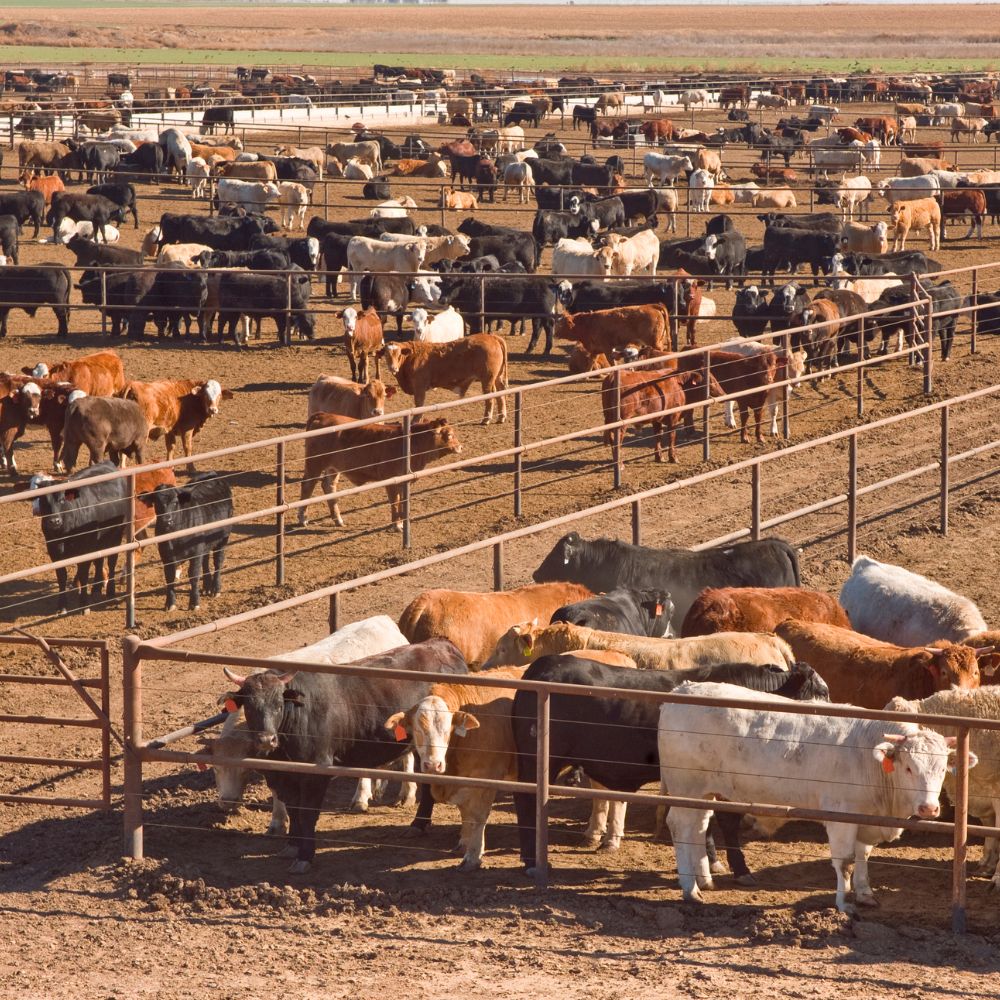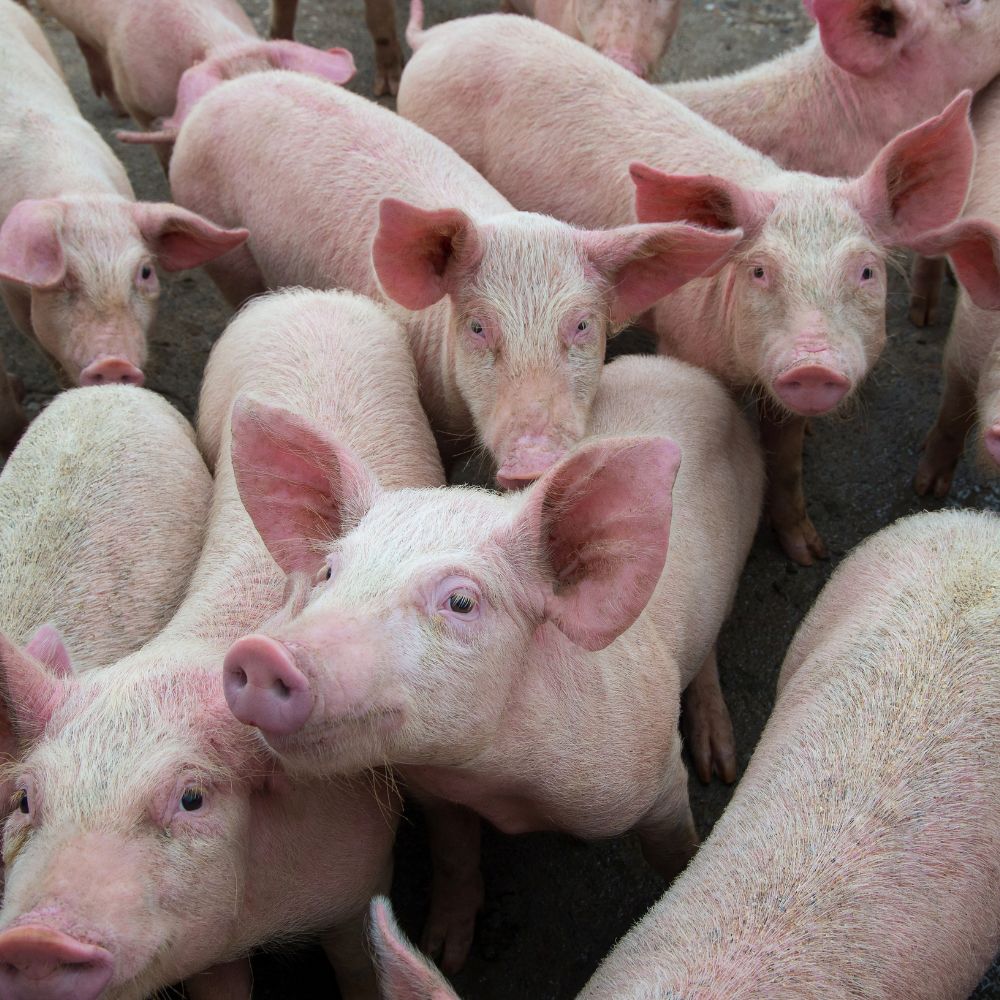Bagley Risk Management Fundamentals Explained
Bagley Risk Management Fundamentals Explained
Blog Article
Bagley Risk Management - The Facts
Table of ContentsNot known Facts About Bagley Risk ManagementExcitement About Bagley Risk ManagementLittle Known Facts About Bagley Risk Management.The 8-Second Trick For Bagley Risk ManagementSome Ideas on Bagley Risk Management You Should Know
In this manner, if costs do go down below that break-even factor by the end day, insurance holders are shielded against a loss. This is extremely similar to the way barnyards run, though they make use of a traditional hedge. When a breeder agreements their cattle with a barnyard, they hedge those cattle to secure the earnings factor.This will be offset by the enhanced value of the cattle., breeders shield against a decrease in the futures board, yet don't lose out on the greater return when rates go up.
They do this by choosing a lower percent of the forecasted finishing value - Rma LRP. This is a great strategy for those searching for reduced costs rates or that have a greater risk tolerance because of solid monetary health and wellness. This method may not secure productivity, yet it can secure versus severe market decreases
There is not a great deal of defense or coverage on a month-to-month basis, but if there is a serious accident, producers have the peace of mind that comes from knowing they will only be responsible for a certain amount out of pocket. Simply bear in mind, expect the most effective yet plan for the most awful.
What Does Bagley Risk Management Do?

The use of LRP as coverage for backgrounded livestock, or livestock on feed, assists minimize that danger by safeguarding the expected worth of the animals. Feeder livestock can be concealed to a 900-pound anticipated end weight and fed livestock can be hidden to a 1,400-pound end weight. With a number of weight classes to select from, it is feasible to cover animals via the barnyard to the packer rail.
Applications can take a number of days to process and simply loading one out does not lock the applicant into a plan. When the application is authorized and ready, the LRP recommendation, with its end date and predicted ending worth, can be secured rapidly. This allows breeders to cover calves when the cost is best for their market risk monitoring goals.
Image Courtesy USDA-NRCS Rates for calves, feeder livestock and completed this page livestock have established some brand-new records this autumn and very early winter months. A combination of circumstances has precipitated these historical costs. There is presently a great deal of cautious positive outlook on the part of cow-calf manufacturers as they look at the future.
Fascination About Bagley Risk Management

There are some benefits to producers in making use of LRP insurance coverage as contrasted to a traditional feeder cattle agreement or purchase of an alternative - Livestock insurance. One is the flexibility in the number of cattle that can be insured. There is no reduced restriction to the number of cattle that can be guaranteed
There is no obligation to market livestock on which you have acquired LRP Feeder Cattle protection. You may pick to retain ownership and still be eligible for the indemnity needs to the Actual End Value fall listed below your Protection Rate. You may market cattle covered by LRP at any moment, offered the transfer of ownership does not happen greater than 60 days prior to the LRP Contract End Date.
If cattle perish and your Ag, Danger Expert is notified within 72 hours of you discovering of the death, the insurance coverage continues to be in effect, and the manufacturer is qualified for indemnities due to price loss, even on those animals which died. Yes! Calves can now be covered prior to unguis struck the ground.
Rumored Buzz on Bagley Risk Management

Applications make certain novice consumers can be pre-approved to write an LRP plan It is totally free! Action 2) Lock in an Unique Protection Recommendation (SCE) when you find a quote that fulfills your goals (Livestock risk protection insurance). Together, we'll secure your investment.
With the never-ending variation and unpredictability of the market, Animals Threat Security (LRP) is something all livestock manufacturers should take into consideration. The key objective of LRP is to safeguard versus the unforeseen descending rate movement in the industry by setting a base upon any type of offered date and sort of livestock you desire to insure.
Some Ideas on Bagley Risk Management You Need To Know
There are a selection of coverage degree alternatives varying from 70 to one hundred percent of the anticipated ending value (https://bagley-risk-management.webflow.io/). At the end of the picked insurance period, if the real finishing value is below the coverage rate, you will certainly be paid an indemnity for the distinction in rate. Producer anticipates to market 1,000 head of 11cwt livestock and picks insurance coverage of $66
As of 2020, LRP (Livestock) is currently offered in all states when the marketplace is offered. 1. Feeder Cattle with ending weights under 600lbs or 600lbs-900lbs, and 2. Fed Cattle with ending weights between 1,000lbs-1,400 lbs that will be marketed for slaughter near the end of the insurance policy duration. whereas animals insurance policy does.
Report this page